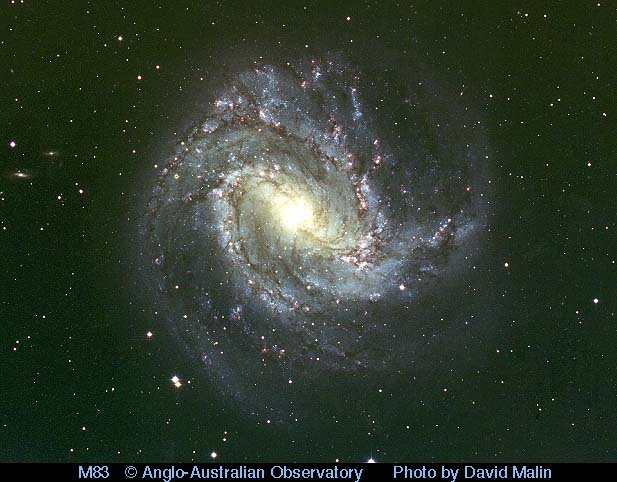Introduction
Star formation is governed by the collapse of a cloud of particles into a gravitationally bound sphere which we call a star. The radius of the could at which this occurs is called the Jeans Length, where the gravitational force of the cloud overcomes the thermal energy causing it to expand. Here we examine the time scale of such a collapse and also calculate the Jeans Length.
Methods
In order to determine the time it takes for this collapse to occur in terms of the mass and size of the cloud, we consider a cloud of mass M and a test particle a distance away from it. We assume the cloud has a mass given by
where r is the length of the major axis for an elliptical orbit of eccentricity 1. By assuming such a geometry for the free fall, we can initially approximate the orbit to a straight line with a mass M at one end and our test particle at the other. Since this is a free fall, we can also approximate the time t
ff to be half the orbital period we get from Kepler's 3rd law (a = 1/2 r)
Substituting our mass formula into this equation, we get
The implicit assumptions are that we can even call this half an orbit, as an eccentricity 1 orbit is parabolic and therefore not periodic, and that we can approximate this orbit to a straight line. Now in order to find the Jeans Length, we equate this to the dynamical time, or the time it takes a sound wave to cross this distance. Let's define this as
Equating the two, we get the radius at which the cloud will undergo gravitational collapse
For an isothermal gas of constant density, this length signifies the minimum radius at which it will continue to be a gas and not collapse into a much denser formation. This is the Jeans Length to an order of magnitude. The actual formula for the Jeans Length is
ConclusionsWe have hear calculated the free fall time for star formation as well as the radius at which the gravitational force between interstellar dust particles takes over. It is important to note that since the density is radius dependent, the Jeans Length is not constant for all star forming clouds, but varies even with the change of radius due to collapse and we have
If we consider a cloud that starts out at the Jeans Length for its particular conditions, by the time it reaches half this radius the Jeans Length has decreased by a factor of √8. As a result, the initial Jeans Length may actually govern how far the cloud will collapse for a given mass and radius.



